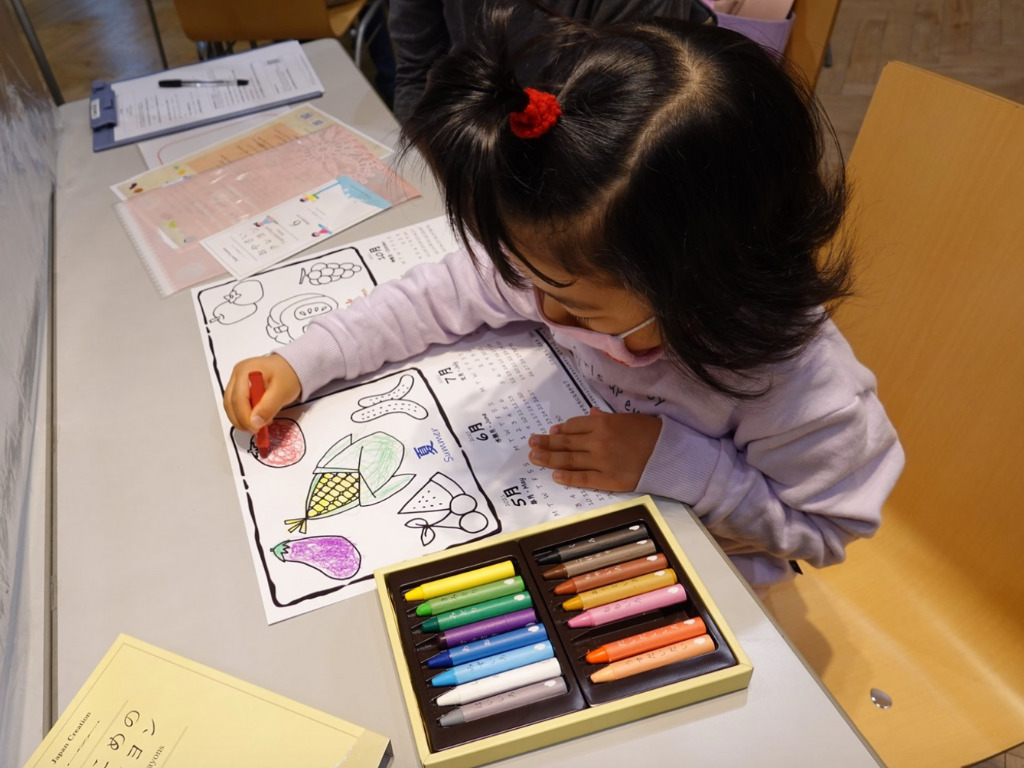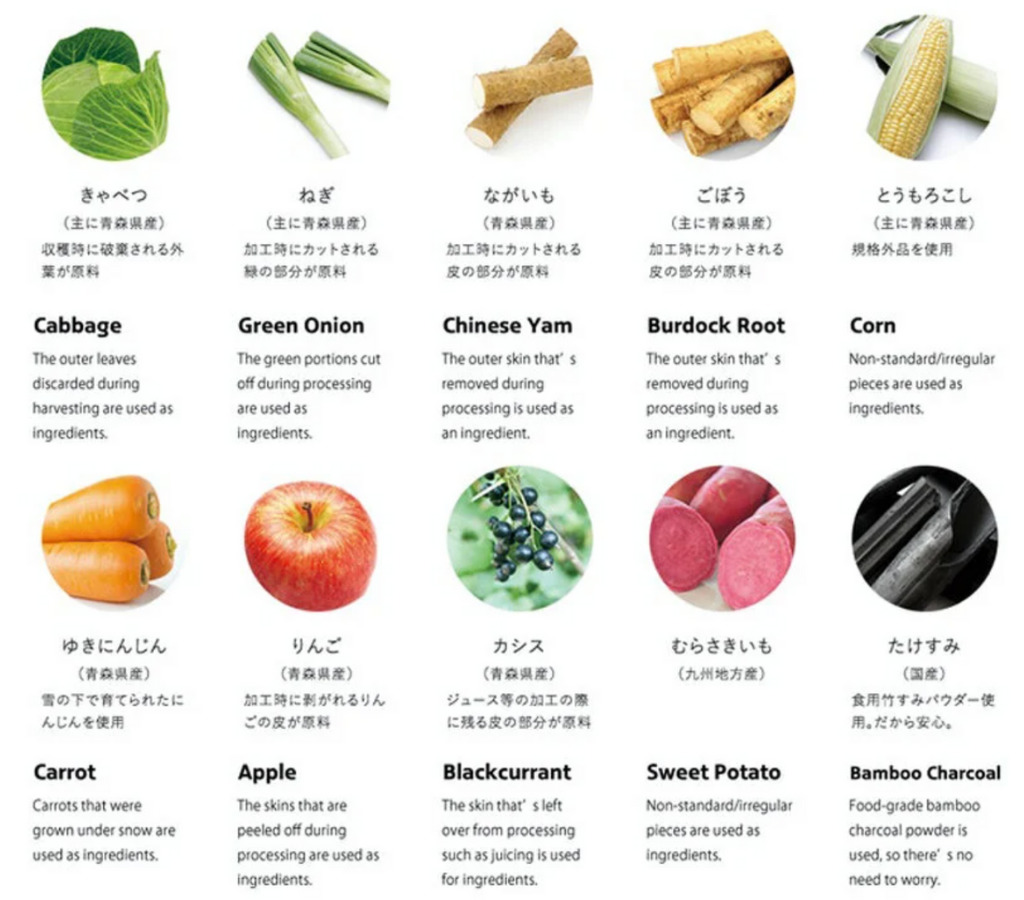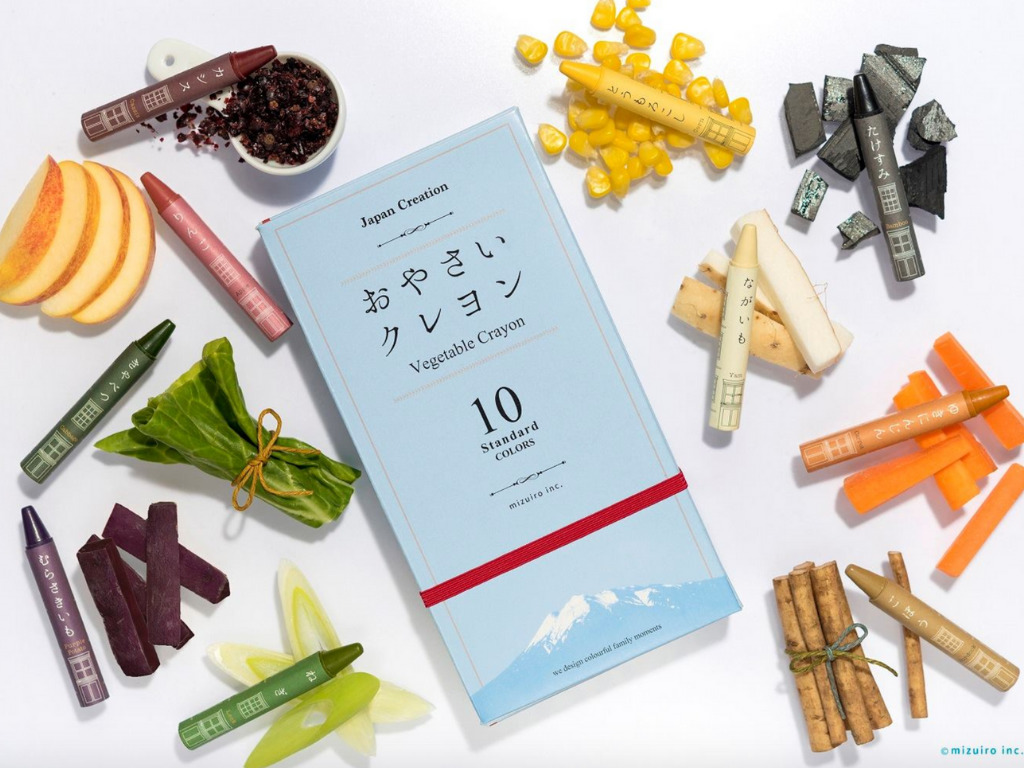4 Mins Read
The Consumer Council, Hong Kong’s consumer watchdog, tested 19 crayon and fingerpaint products for toxic substances. The findings revealed that over half of these children’s art supplies contain toxic metal components. To address this, a Japanese company has developed a safe, plant-based alternative for traditional crayons.
Children usually put everything in their mouth, including products that aren’t edible, like toys and crayons. However, several of these products could contain toxic chemicals and thus are a health hazard for children.
Toxic crayons
According to the Consumer Council, 10 out of 19 crayon and fingerpaint products were found to leech toxic metal substances. This means that if these crayons were to be consumed by children in excess quantities it could lead to vomiting, diarrhoea, and chronic disease.
Some of the crayons contained high levels of harmful PAH substances, and this could result in allergies or in some cases, even cause cancer.
Council chief executive Gilly Wong said that parents should be careful while selecting art supplies for their children and make sure they wash their hands after using these supplies. “Many kids tend to taste this kind of crayon just for fun, or they just eat it. Sometimes they use their fingers and put it around their faces – be mindful about this.”
In another study conducted back in 2018, the U.S. Public Interest Research Group (U.S. PIRG) tested art school supplies. The findings revealed that in some brands of crayons, there was the presence of asbestos along with other harmful chemicals. One of these brands was the famous Playskool brand crayons.
Detrimental to the environment
Apart from health effects, these crayons are known to be toxic to the planet as well.
Traditional crayons, like Crayola which dominates a huge portion of crayon production in the U.S., are made from paraffin wax. This is a waxy substance derived from petroleum, a fossil fuel.
Out of 120,000 pounds of non-biodegradable crayons produced each day, 60 tons usually end up in landfills or in the oceans. This means that the crayons continue to release chemicals years after they are discarded into ecosystems and oceans, causing irreversible effects to the planet.
Read: Oil Industry Knew Health Damage Of Fossil Fuel Burning For 50 Years, Investigation Finds
Zero-waste vegetable crayons
Japanese company Mizuiro in collaboration with graphic designer Naoko Kimura has created a sustainable alternative to these toxic traditional crayons.
Kimura wanted to find crayons that are safe for her children and sustainable for the environment. However, after finding no luck with her search, she was inspired by the variety of colors in her garden and decided to make crayons from vegetable waste and rice.
The Oyasai Crayons contain organic ingredients like rice bran oil and rice wax from rice bran. These ingredients are derived from the rice polishing process.
In addition, the pigment is created using recycled plant materials like outer leaves of vegetables which are usually thrown away after harvesting. By transforming this food waste, the crayons gain their colours. These are the same components used for natural food colouring.
The chemical-free collection contains a box of 10 shades which are named after the vegetables they have been created from. These are Japanese yam, green onion, long potato, burdock, corn, snow carrot, apple, cassis, purple potato, and takesumi (bamboo charcoal).

Safety assured
Oyasai Crayons meets the JIS standard, meaning they meet the benchmark for crayon strength.
In addition, the crayons have received the European standard toy safety EN71-3: 2013 certificate. This means they are safe to use by children.
However though the crayons are natural and a food-grade product, they are not edible.

Crayon recycling – a sustainable option?
Through the National Crayon Recycle Program, 45,000 pounds of crayons are prevented from entering landfills. The NCRP takes discarded and old crayons recycling them into new ones for reuse.
Crayola, one of the leading traditional crayon producers is also committing to sustainability by using a facility powered by solar energy. It aims to prevent the release of 1,900 tons of GHGs and slash its dependency on fossil fuels.
Still, despite all these efforts, the simple way to prevent damage caused to children and the planet is to switch to naturally-made crayons.
Read: Study Finds Toxic Heavy Metals In Common Baby Food Products, Especially Rice Products
Lead image courtesy of Mizuiro.




